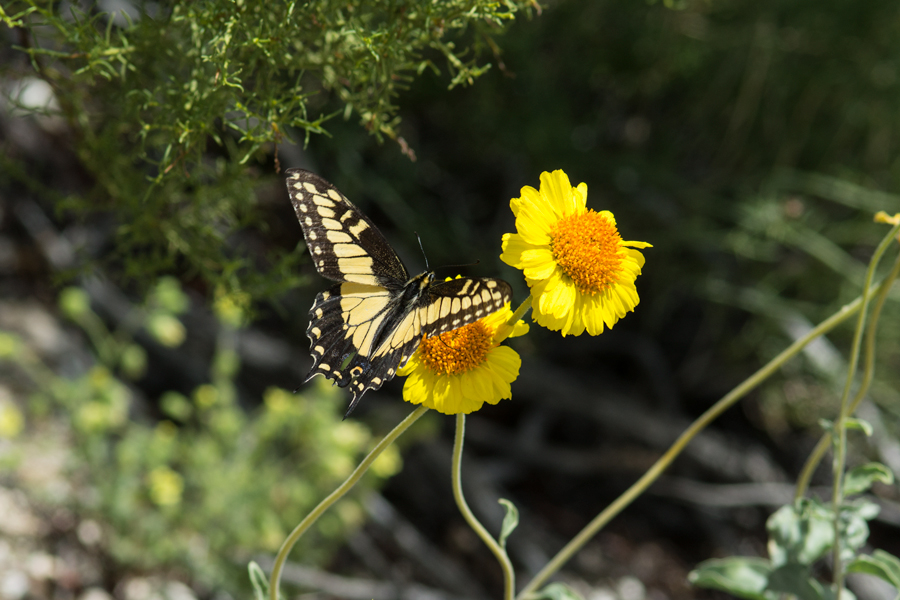I would love to grow caterpillars native to the Mojave desert. I believe this includes Monarchs. I am a Zoology teacher at a local high school. This would be a great exercise for my students to engage their minds. If you know how I could acquire the eggs and other supplies, I would be appreciateive.
I have rearing cages available for sale, to rear caterpillars in. If you plant the right host and nectar plants, you will never have to buy caterpillars or eggs. Plant it and they will come!!

If this is your first time trying to rear a butterfly, may I suggest your native Swallowtail. which would be, Desert black swallowtail(Papilio polyxenes coloro)
Larval food: Primarily Thamnosma montana (Turpentine Broom - Rutaceae), Daucus carota (Wild Carrot), Foeniculum vulgare (Fennel), Tauschia parishii (all Apiaceae), and Ruta graveolens (Rue - Rutaceae), etc. Can be reared on a variety of Rutaceae and Apiaceae.
Swallowtails are the easiest to rear, and often have less complications for beginners. You can definitely plant native Milkweed to attract Monarchs. The milkweed species found native, naturalized, or cultivated in the desert southwest region are, Spider Milkweed (Asclepias asperula); Short-crown Milkweed (A. brachystephana); Hall’s milkweed (A. halli); Giant Sand Milkweed (A. erosa); Mahogany milkweed (A. hypoleuca); Swamp Milkweed (A. incarnata); Corn kernel Milkweed (A. latifolia); Zizotes Milkweed (A. oenotheroides); Showy Milkweed (A. speciosa); Horsetail Milkweed (A. subverticillata); Butterflyweed (A. tuberosa); Whorled milkweed (A. verticillata), and Climbing milkweed (Funastrum cynanchoides).